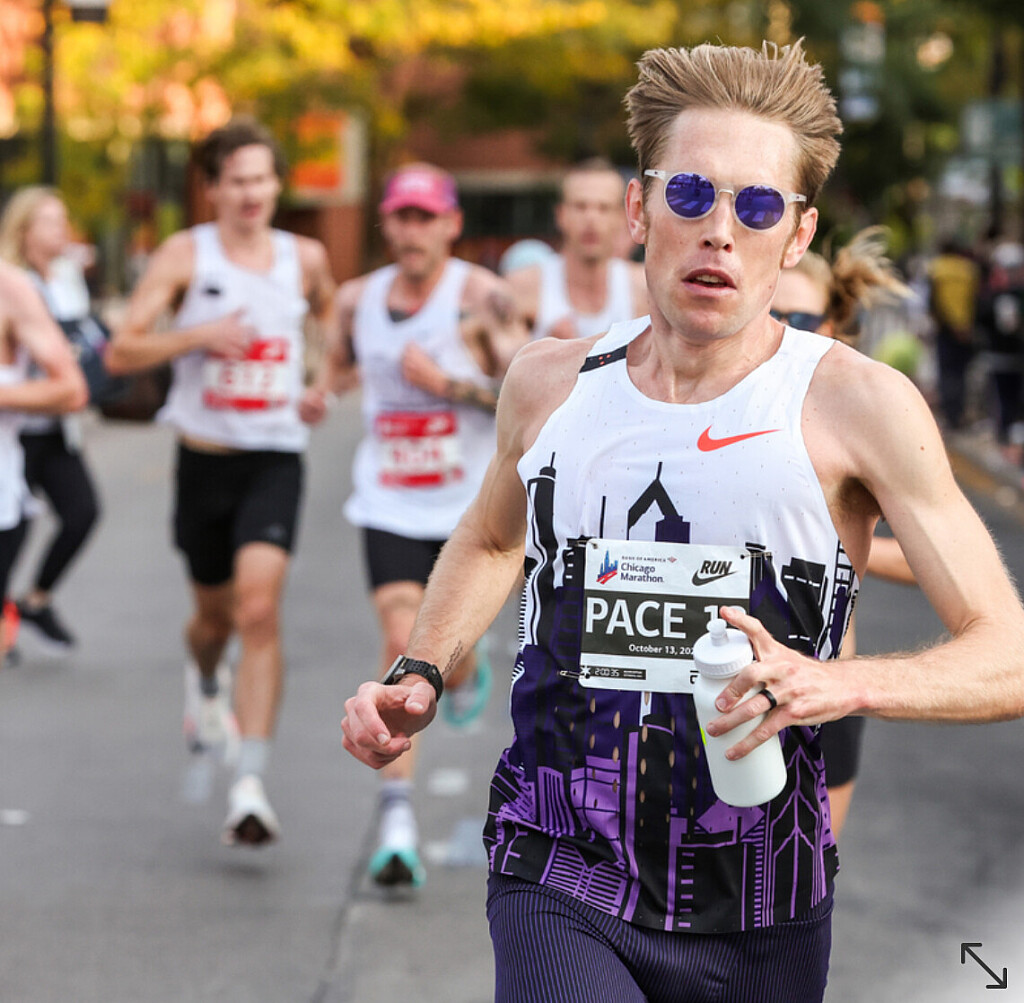Running News Daily
Running News Daily is edited by Bob Anderson. Send your news items to bob@mybestruns.com Advertising opportunities available. Train the Kenyan Way at KATA Kenya and Portugal owned and operated by Bob Anderson. Be sure to catch our movie A Long Run the movie KATA Running Camps and KATA Potato Farms - 31 now open in Kenya! https://kata.ke/
Index to Daily Posts · Sign Up For Updates · Run The World Feed
The Art and Impact of marathon Pacing
In elite marathon running, pacemakers—often called “rabbits”—play a crucial yet understated role. These athletes set a predetermined tempo, guiding lead runners through significant portions of the race to facilitate record-breaking performances or personal bests. The Chicago Marathon offers a compelling case study of this dynamic, particularly through the collaboration between Sifan Hassan and her pacer, Reid Buchanan.
A Synergistic Partnership: Hassan and Buchanan
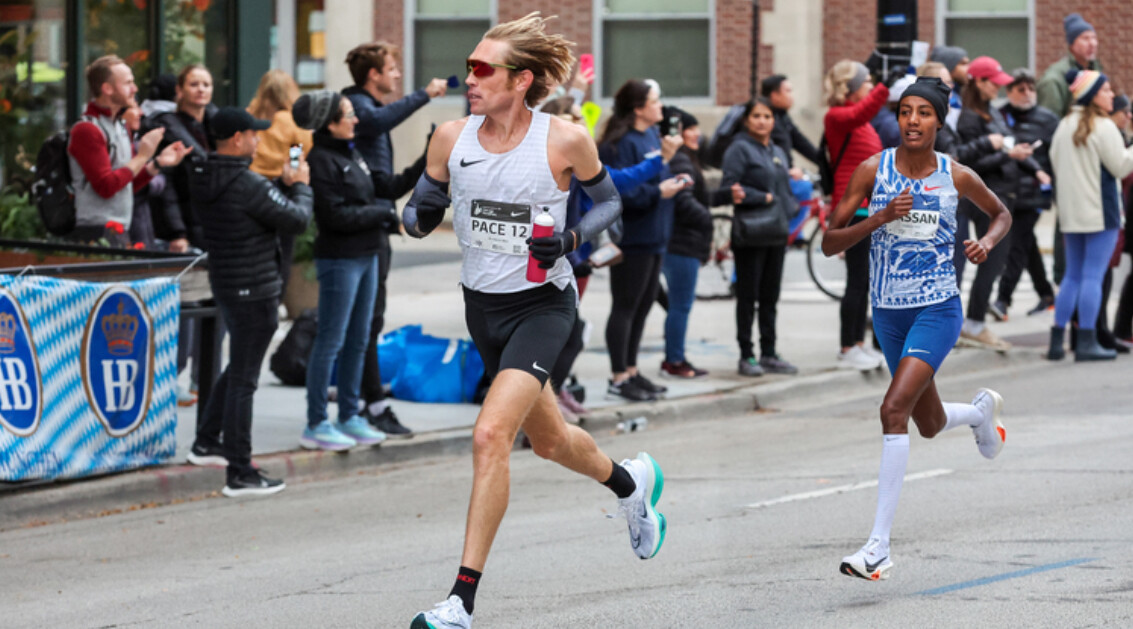
Sifan Hassan, a distinguished middle-distance runner, embarked on her second marathon endeavor in 2023 Chicago. To navigate this challenge, she enlisted Reid Buchanan, a seasoned U.S. athlete with a personal marathon best of 2:11:38, set in 2020 at The Marathon Project in Chandler, Arizona. Despite his experience, pacing another athlete introduced new complexities.
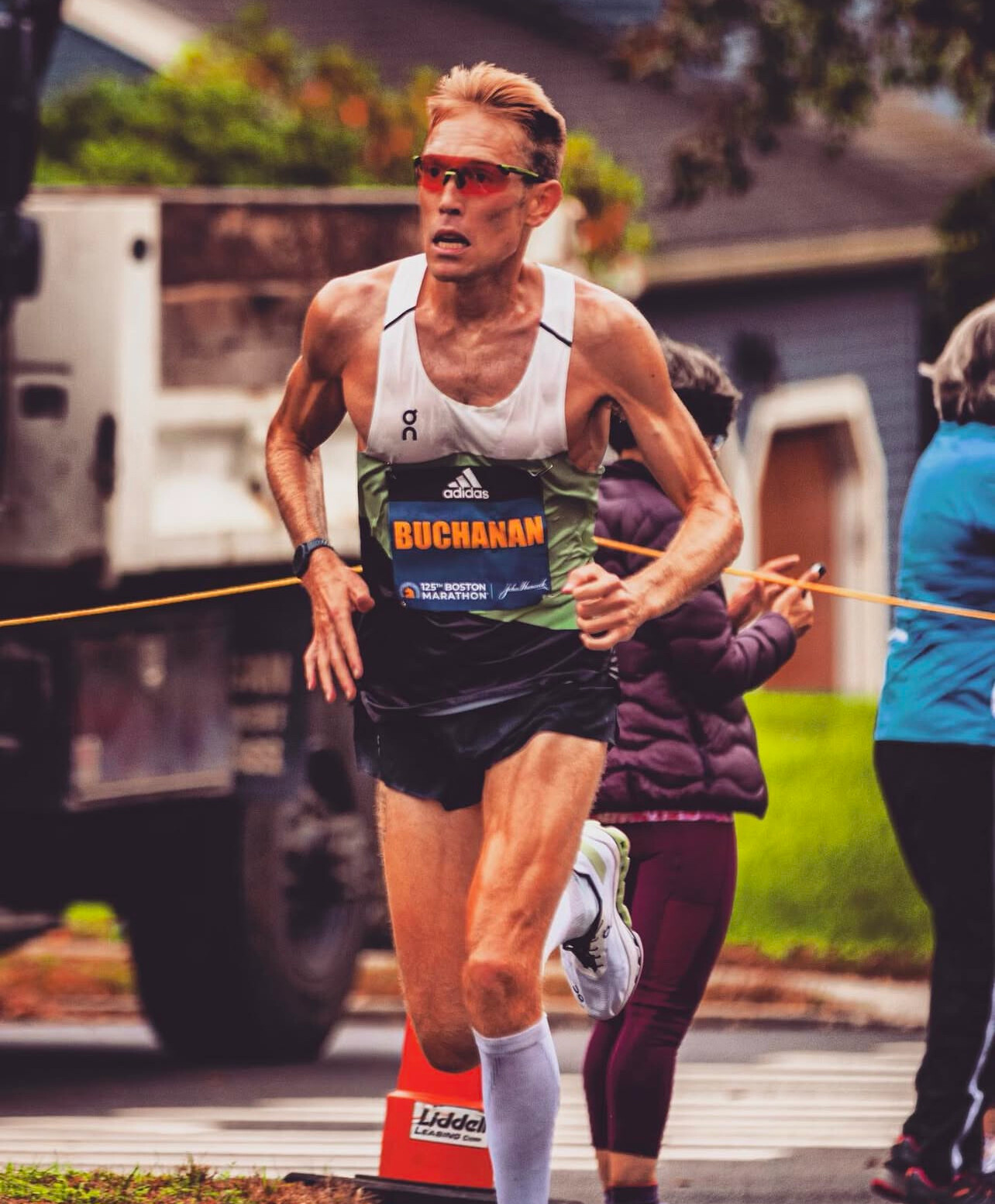
Their pre-race dialogue underscored the strategic intricacies of pacing. Buchanan proposed, “I was brought in to run 2:16 pace, but I think I can get you to about 25K at 2:12 pace.” Hassan’s response was both confident and motivating: “Oh, I’m sure you can go further. You just have to believe.” This exchange not only set ambitious expectations but also highlighted the psychological interplay between athlete and pacer.
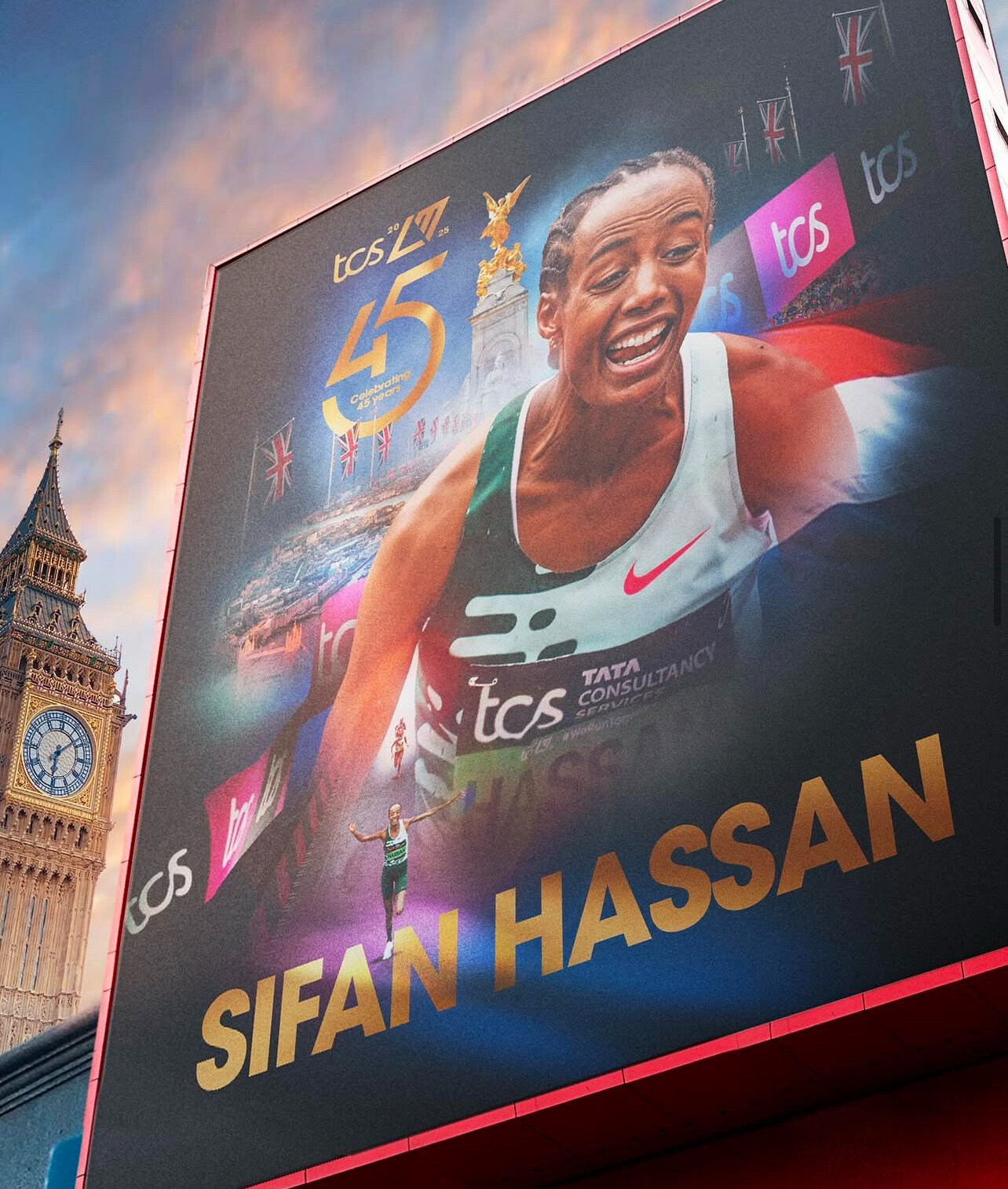
During the race, Buchanan’s steady pacing was instrumental. Hassan initially struggled to find her rhythm, feeling the intensity of the early kilometers. However, Buchanan’s consistent tempo helped her regain composure. By the 22K mark, Hassan had closed the gap on the leading pack, and by 25K, she began to assert her dominance, eventually breaking away to finish with a course record time of 2:13:44.
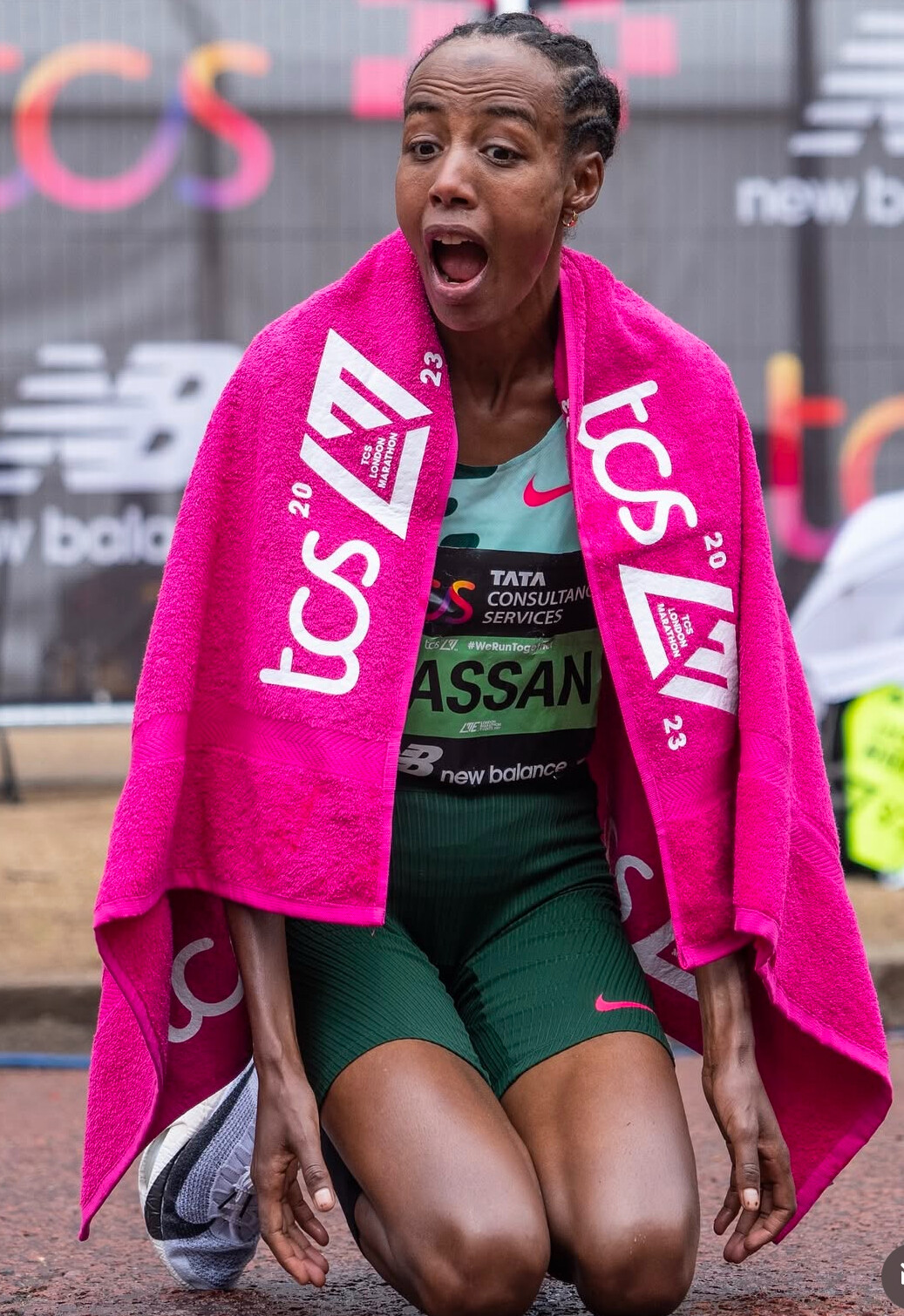
The Evolution and Role of Professional Pacemakers
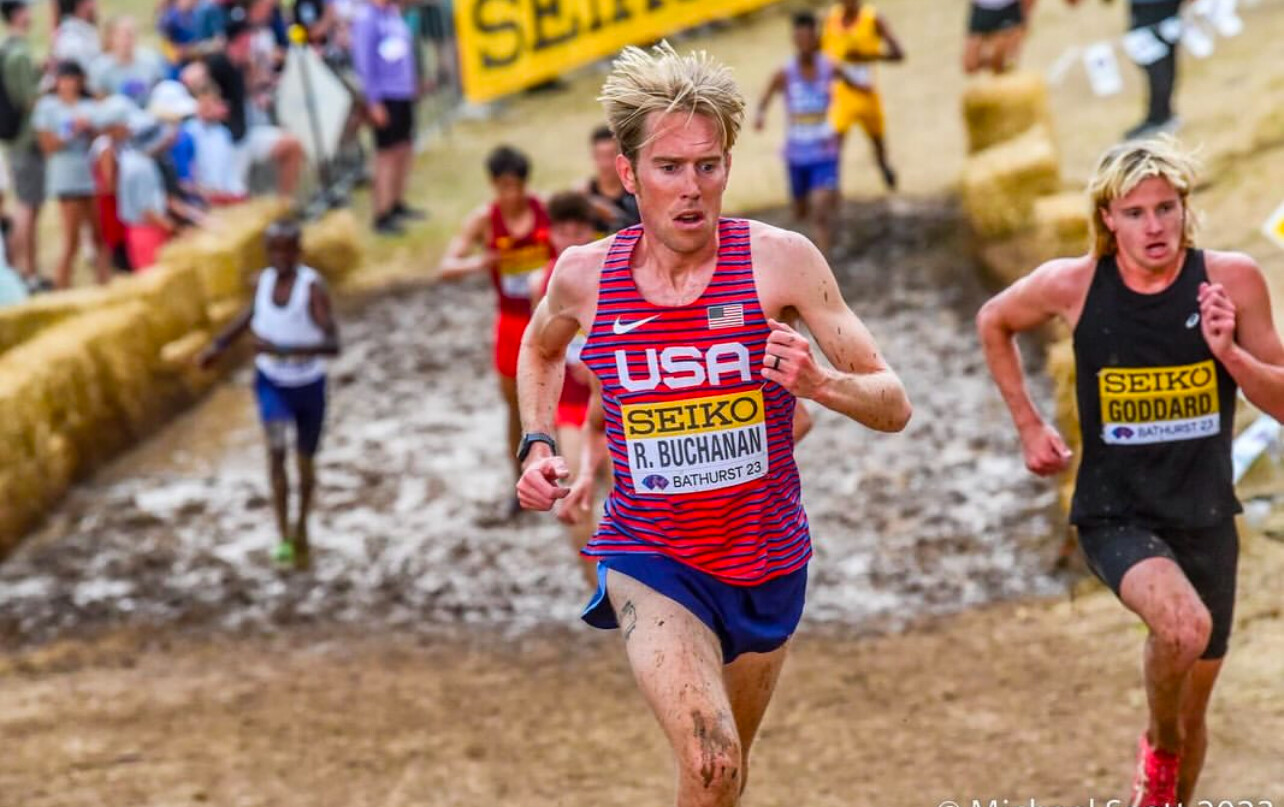
The concept of pacemaking is not a modern innovation. Its roots trace back to 1954 when Chris Brasher and Chris Chataway paced Roger Bannister to the first sub-four-minute mile. This historic event showcased the potential of strategic pacing in achieving unprecedented athletic feats.

In contemporary marathons, pacemakers are integral, especially in events aiming for fast times and records. Races like the London and Chicago Marathons employ pacers to maintain a consistent, swift pace, enhancing the event’s prestige and competitive allure. Conversely, marathons such as Boston and New York prioritize tactical racing and do not utilize pacemakers, fostering a different competitive atmosphere.
The responsibilities of a pacemaker are multifaceted. They must possess the physical capability to sustain target paces comfortably, often requiring personal bests significantly faster than the pace they are assigned to set. Contracts typically outline specific distances and paces, with incentives for exceeding expectations. While some races mandate that pacemakers drop out at predetermined points, others allow them to complete the race, potentially influencing the final standings.
The Psychological and Physiological Impact of Pacing
Beyond the physical benefits, pacemakers offer psychological advantages. Running alongside a pacer can reduce the mental burden of pace management, allowing athletes to focus on other aspects of their performance. Studies have shown that runners perceive efforts as less strenuous when following a set pace, potentially enhancing overall performance.
Physiologically, pacemakers help mitigate air resistance, enabling runners to conserve energy. Research indicates that drafting behind a pacer can reduce oxygen consumption by approximately 8% at certain speeds, underscoring the strategic advantage in distance running.
The Debate: Purity of Competition vs. Record-Breaking Performances
The utilization of pacemakers is not without controversy. Critics argue that their presence can detract from the competitive essence of racing, transforming events into time trials rather than head-to-head contests. This perspective suggests that pacemakers may provide an undue advantage to certain athletes, potentially overshadowing the unpredictability and strategic depth that characterize traditional racing.
Proponents, however, contend that pacemakers elevate the sport by facilitating record-breaking performances and pushing the boundaries of human potential. They argue that the presence of pacers can lead to more exciting and dynamic races, showcasing the zenith of athletic achievement.
The Chicago Marathon exemplified the profound impact a pacemaker can have on an athlete’s performance. The collaboration between Sifan Hassan and Reid Buchanan not only led to a record-setting run but also highlighted the intricate balance of strategy, trust, and mutual ambition in elite marathon racing. As the sport continues to evolve, the role of pacemakers will undoubtedly remain a focal point of both innovation and debate, shaping the future landscape of long-distance running.
by Outside online with Boris Baron
Login to leave a comment


